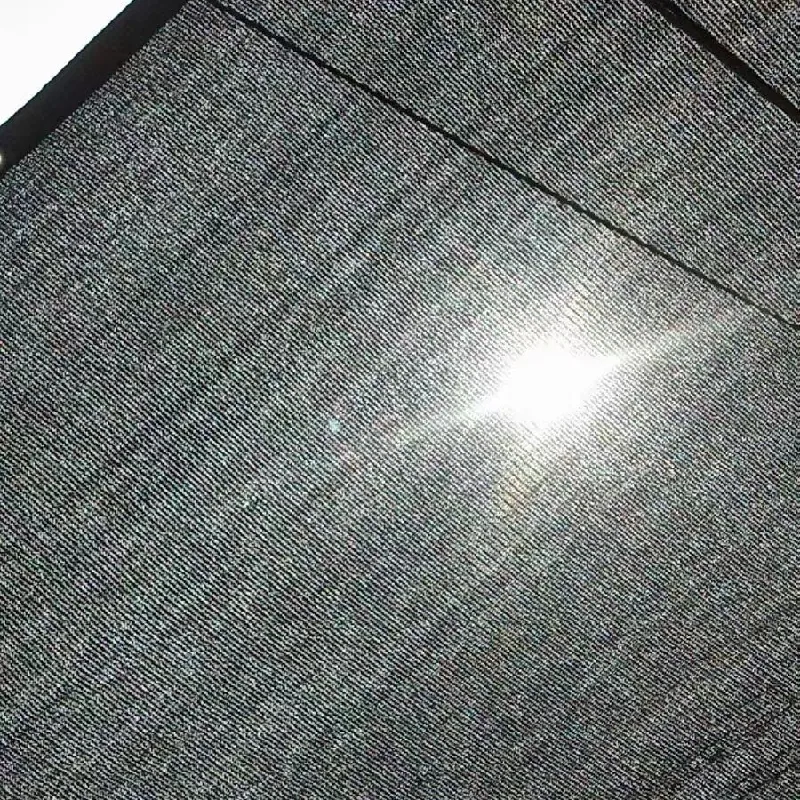-
 Afrikaans
Afrikaans -
 Albanian
Albanian -
 Amharic
Amharic -
 Arabic
Arabic -
 Armenian
Armenian -
 Azerbaijani
Azerbaijani -
 Basque
Basque -
 Belarusian
Belarusian -
 Bengali
Bengali -
 Bosnian
Bosnian -
 Bulgarian
Bulgarian -
 Catalan
Catalan -
 Cebuano
Cebuano -
 China
China -
 Corsican
Corsican -
 Croatian
Croatian -
 Czech
Czech -
 Danish
Danish -
 Dutch
Dutch -
 English
English -
 Esperanto
Esperanto -
 Estonian
Estonian -
 Finnish
Finnish -
 French
French -
 Frisian
Frisian -
 Galician
Galician -
 Georgian
Georgian -
 German
German -
 Greek
Greek -
 Gujarati
Gujarati -
 Haitian Creole
Haitian Creole -
 hausa
hausa -
 hawaiian
hawaiian -
 Hebrew
Hebrew -
 Hindi
Hindi -
 Miao
Miao -
 Hungarian
Hungarian -
 Icelandic
Icelandic -
 igbo
igbo -
 Indonesian
Indonesian -
 irish
irish -
 Italian
Italian -
 Japanese
Japanese -
 Javanese
Javanese -
 Kannada
Kannada -
 kazakh
kazakh -
 Khmer
Khmer -
 Rwandese
Rwandese -
 Korean
Korean -
 Kurdish
Kurdish -
 Kyrgyz
Kyrgyz -
 Lao
Lao -
 Latin
Latin -
 Latvian
Latvian -
 Lithuanian
Lithuanian -
 Luxembourgish
Luxembourgish -
 Macedonian
Macedonian -
 Malgashi
Malgashi -
 Malay
Malay -
 Malayalam
Malayalam -
 Maltese
Maltese -
 Maori
Maori -
 Marathi
Marathi -
 Mongolian
Mongolian -
 Myanmar
Myanmar -
 Nepali
Nepali -
 Norwegian
Norwegian -
 Norwegian
Norwegian -
 Occitan
Occitan -
 Pashto
Pashto -
 Persian
Persian -
 Polish
Polish -
 Portuguese
Portuguese -
 Punjabi
Punjabi -
 Romanian
Romanian -
 Russian
Russian -
 Samoan
Samoan -
 Scottish Gaelic
Scottish Gaelic -
 Serbian
Serbian -
 Sesotho
Sesotho -
 Shona
Shona -
 Sindhi
Sindhi -
 Sinhala
Sinhala -
 Slovak
Slovak -
 Slovenian
Slovenian -
 Somali
Somali -
 Spanish
Spanish -
 Sundanese
Sundanese -
 Swahili
Swahili -
 Swedish
Swedish -
 Tagalog
Tagalog -
 Tajik
Tajik -
 Tamil
Tamil -
 Tatar
Tatar -
 Telugu
Telugu -
 Thai
Thai -
 Turkish
Turkish -
 Turkmen
Turkmen -
 Ukrainian
Ukrainian -
 Urdu
Urdu -
 Uighur
Uighur -
 Uzbek
Uzbek -
 Vietnamese
Vietnamese -
 Welsh
Welsh -
 Bantu
Bantu -
 Yiddish
Yiddish -
 Yoruba
Yoruba -
 Zulu
Zulu
antihail net
Antihail Nets An Innovative Solution for Agricultural Protection
In recent years, the agricultural sector has faced numerous challenges, one of the most devastating being hailstorms. These unpredictable climatic events can wreak havoc on crops, leading to significant financial losses for farmers. To combat this issue, antihail nets have emerged as a promising solution, providing farmers with a protective barrier against hail damage while also offering other benefits.
Antihail nets, constructed from high-density polyethylene, are designed to absorb the impact of hailstones and prevent them from reaching the crops below. The netting is strategically installed above the fields, allowing sunlight and rain to penetrate while acting as a shield against falling hail. This innovative approach not only helps protect the crops from immediate hail damage but also reduces the likelihood of disease and pests that often thrive in damaged plants.
One of the significant advantages of using antihail nets is their ability to minimize crop loss. Studies have shown that crops protected by antihail nets can sustain yields significantly higher than those exposed to hail. For instance, vineyards in hail-prone regions have experienced improved grape quality and increased production levels. This advantage is particularly crucial in areas where agriculture plays a vital role in the local economy, as farmers can maintain their livelihoods despite unpredictable weather conditions.
Moreover, antihail nets provide additional benefits beyond hail protection. They act as shade structures during hot summer days, helping crops thrive in extreme temperatures. This shading effect can be particularly beneficial for delicate crops that are sensitive to heat stress. Additionally, the nets can reduce soil moisture evaporation, thereby conserving water and promoting healthier soil conditions. By reducing the overall impact of climate variations, antihail nets contribute to more sustainable farming practices.
antihail net

The installation of antihail nets is relatively straightforward, making them accessible to farmers of varying scales. While the initial investment can be hefty, the long-term benefits often outweigh the costs. Farmers are encouraged to view the purchase of antihail nets as an investment in their future, capable of providing returns through enhanced yields and reduced losses due to weather-related damages.
Despite their advantages, there are challenges associated with the use of antihail nets that need to be addressed. For instance, the nets require proper installation and maintenance to ensure effectiveness. If not correctly installed, the nets could become dislodged during storms, rendering them ineffective. Additionally, when they reach the end of their lifespan—typically around 10 to 15 years—farmers must consider the environmental impact of disposing of these synthetic materials.
Furthermore, the financial aspect can pose a barrier, especially for smallholder farmers who may struggle to afford the upfront costs of installation. To mitigate this, governments and agricultural organizations can provide financial assistance or subsidies to promote the widespread adoption of antihail nets. These initiatives could foster a more resilient agricultural ecosystem capable of withstanding the challenges posed by climate change.
In conclusion, antihail nets represent a practical solution for protecting crops against the unpredictable nature of hailstorms. By significantly reducing crop losses, conserving water, and improving growing conditions, these nets contribute to enhanced agricultural productivity and sustainability. While challenges remain, such as installation and financial considerations, the potential benefits suggest that antihail nets could play a vital role in the future of agriculture, particularly in regions vulnerable to extreme weather. As the agricultural sector continues to adapt to climate change, innovations like antihail nets will be essential in ensuring food security and supporting farmers’ livelihoods worldwide. With continued research and investment, the advancement and adoption of antihail nets can help pave the way toward a more resilient agricultural future.
-
Shipping Plastic Bags for Every NeedNewsJul.24,2025
-
Safety Netting: Your Shield in ConstructionNewsJul.24,2025
-
Plastic Mesh Netting for Everyday UseNewsJul.24,2025
-
Nylon Netting for Every UseNewsJul.24,2025
-
Mesh Breeder Box for Fish TanksNewsJul.24,2025
-
Expanded Steel Mesh Offers Durable VersatilityNewsJul.24,2025











